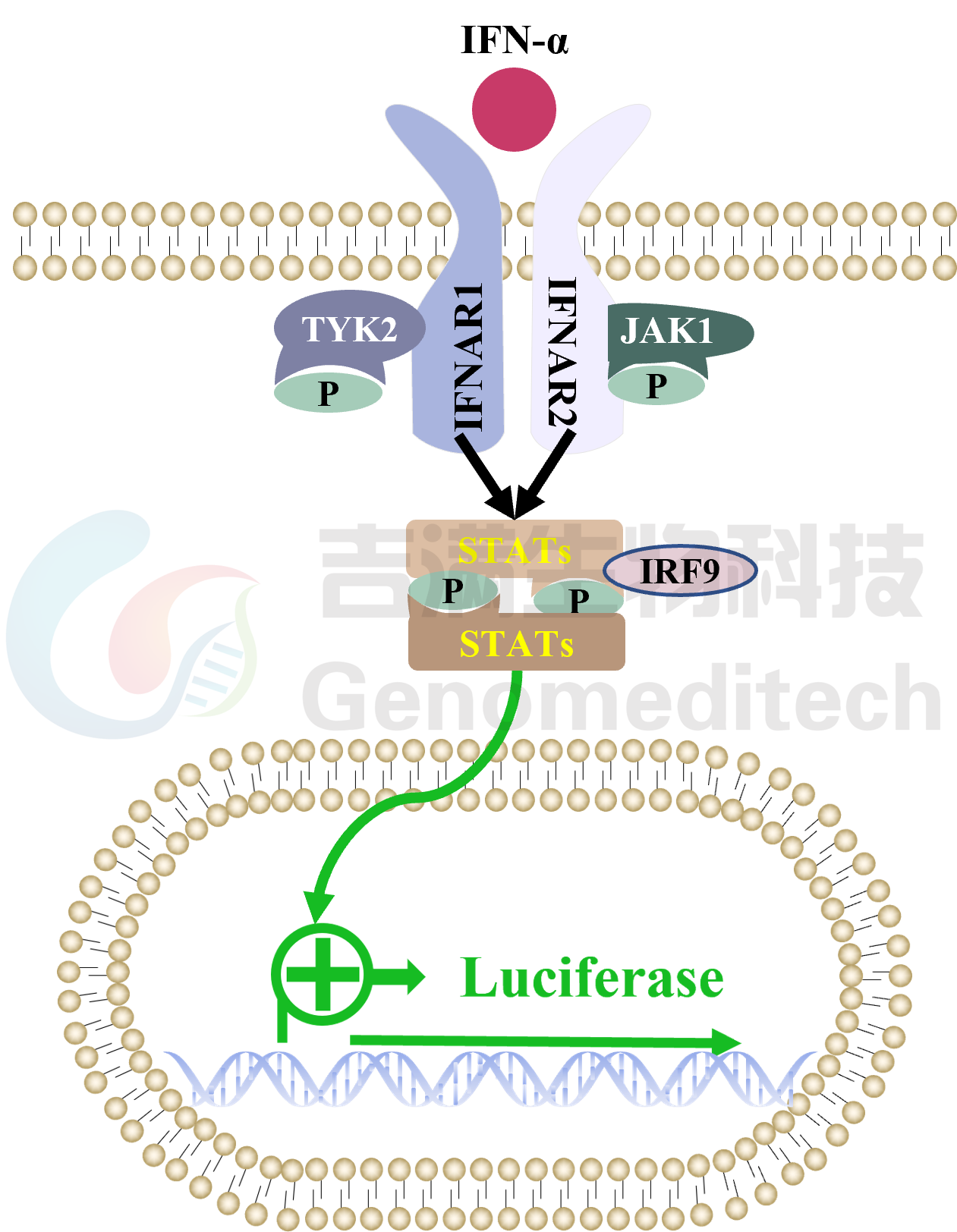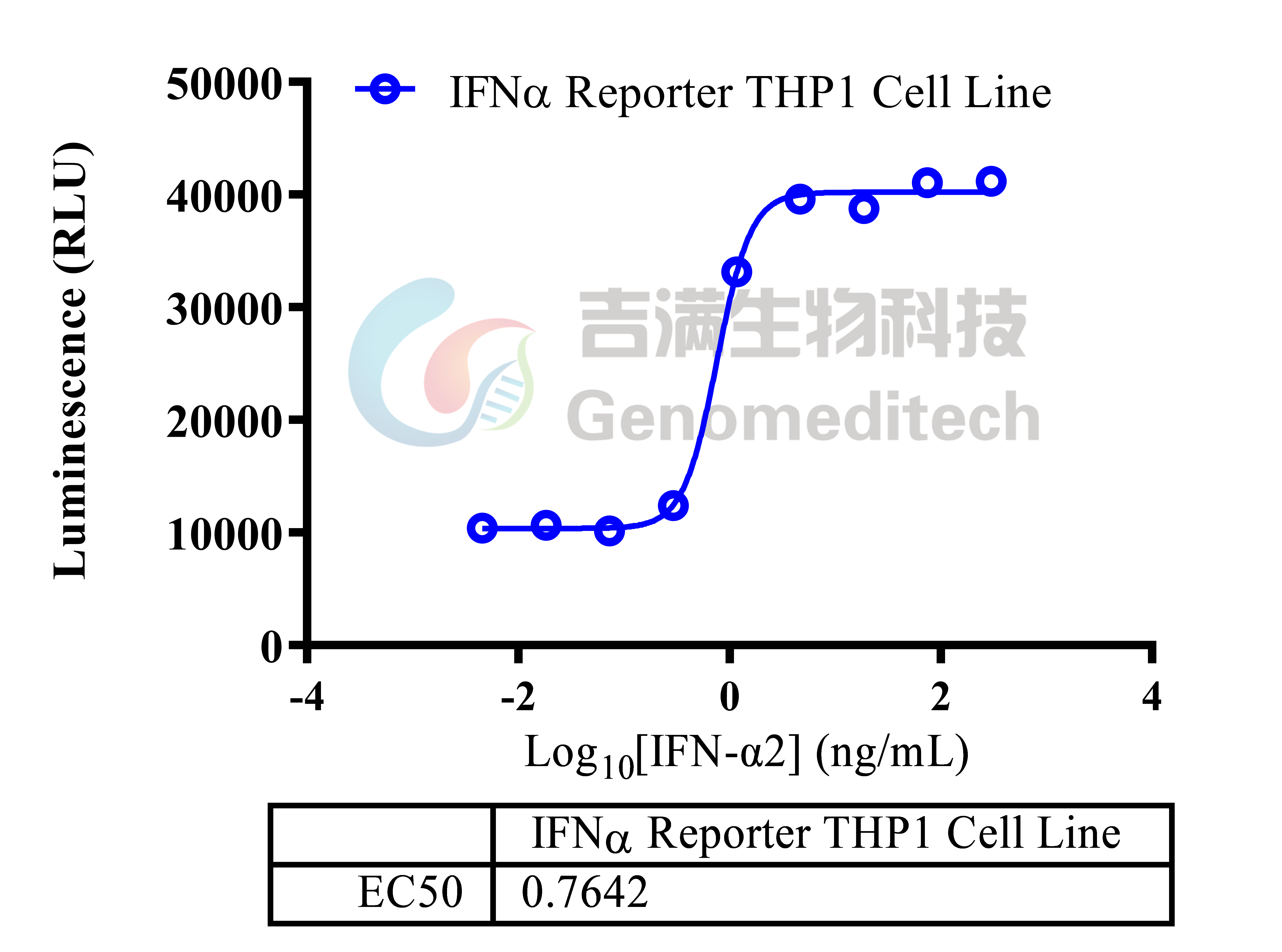Cell Recovery
Recovery Medium: RPMI 1640(ATCC)+20% FBS+1% P.S+0.05 mM β-Me
To insure the highest level of viability, thaw the vial and initiate the culture as soon as possible upon receipt. If upon arrival, continued storage of the frozen culture is necessary, it should be stored in liquid nitrogen vapor phase and not at -70°C. Storage at -70°C will result in loss of viability.
a) Thaw the vial by gentle agitation in a 37°C water bath. To reduce the possibility of contamination, keep the O-ring and cap out of the water. Thawing should be rapid (approximately 2 - 3 minutes).
b) Remove the vial from the water bath as soon as the contents are thawed, and decontaminate by dipping in or spraying with 70% ethanol. All of the operations from this point on should be carried out under strict aseptic conditions.
c) Transfer the vial contents to a centrifuge tube containing 5.0 mL complete culture medium. And spin at approximately 176 x g for 5 minutes. Discard supernatant.
d) Resuspend cell pellet with the recommended complete medium. And dispense the suspension into an appropriate culture flask and initially place the flask in an upright position after thawing.
e) Incubate the culture at 37°C in a suitable incubator. A 5% CO₂ in air atmosphere is recommended if using the medium described on this product sheet.
Freezing Medium: 90% FBS+10% DMSO
a) Centrifuge at 176 x g for 3 minutes to collect cells.
b) Resuspend the cells in pre-cooled freezing medium and adjust the cell density to 5E6 cells/mL.
c) Aliquot 1 mL into each vial.
d) Place the vial in a controlled-rate freezing container and store at -80°C for at least 1 day, then transfer to liquid nitrogen as soon as possible.
Cell passage
Growth medium: RPMI 1640(ATCC)+10% FBS+1% P.S+0.05 mM β-Me+2 μg/mL Blasticidin
During the first two passages after cell thawing, use the recovery medium. Once the cell status stabilizes, switch to growth medium containing antibiotics.
a) When the cell density reaches 8E5 cells/mL, subculture the cells. Do not allow the cell density to exceed 1E6 cells/mL.
b) It is recommended to use T-25 flasks for subculturing.
c) These cells are suspension cells, and it is recommended to use the "half-medium change" method to maintain optimal cell conditions during passaging.
d) During passaging, you can directly add fresh growth medium to the culture flask, gently pipette to resuspend the cells, and then transfer the cell suspension to a new T-25 flask for continued culture.
Subcultivation Ratio: Maintain cultures at a cell concentraion between 2.5E5 and 8E5 viable cells/mL.
Medium Renewal: Every 2 to 3 days
Notes
a) After thawing, cell growth is slow, and there will be a significant amount of cellular debris in the background. As the cells recover, the background will gradually become cleaner, with a recovery period estimated at 1 to 1.5 weeks.
b) These cells are sensitive to cell density, so please ensure that cell density is maintained within an appropriate range during culture and passaging.
c) The culture medium for these cells must be supplemented with β-mercaptoethanol. Failure to add this supplement may negatively affect cell status.
d) Cells should be cultured using ATCC/30-2001 RPMI 1640 medium or complete medium purchased from Geomeditech. The serum used should be the same as specified in the manual or Gibco serum.


















